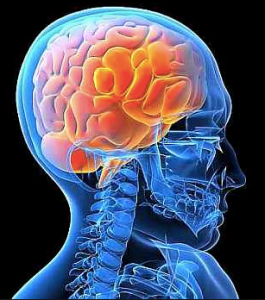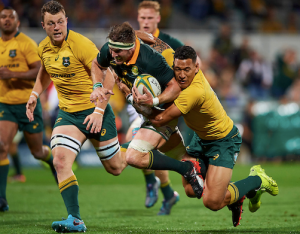IF IN DOUBT, SIT IT OUT
With the winter sport season approaching many young and mature athletes will participate in a sport that involves physical contact.
As a coach, manager, team member or family member, it is important that you are aware of the signs, symptoms and management of a player suspected with concussion. In this blog, we aim to inform you on what a concussion is and what you need to know.

What is a Concussion?
It is a subtype of mild traumatic brain injury in which complex pathophysiological processes affect the brain induced by traumatic forces. It may be caused by a direct blow to the head and typically results in a rapid onset of short-term impairment of neurological function that does resolve spontaneously. Recovery may vary from minutes to hours.
See also: Sports Physiotherapy and Injury Management
The most at risk sports include Taekwondo, Rugby and Ice hockey. Rates have risen since 2012 from one concussion every 3 matches to once concussion every match in the 2015 season of Australian Rugby Union. The increase concussion rates are partly explained by new guidelines that allow players, referees, coaches and medical practitioners to identify concussions.
What are the signs and symptoms to look out for?
- Headache
- Dizziness
- Blurred vision
- Nausea
- Reduced reaction time
- Confusion
- Ringing in ears
- Slurred speech
- Impaired conscious state
- Poor coordination or balance
- Unsteadiness when walking
- Slow to answer questions or follow directions
- Poor concentration
- Vacant stare
- Light sensitivity
What do you do if you suspect a player has a concussion?
On field management is to rule out structural injury. Immediately, perform basic first aid and remove from play.
The Scat5 (standardized concussion assessment tool- 5th edition) is clinically proven to be both reliable and valid and is for health professionals only.
Taken from the Scat 5 concussion assessment, the Maddocks Questions are a quick indicator to determine if a player has a concussion and should therefore not return to play. An important and well established assessment for concussion on the sideline under the most recent concussion guidelines, is to assess an athlete’s orientation to time and place. This does not have to be done by a health professional.
The following questions are asked which should be preceded with the preface: “I am going to ask you a few questions, please listen carefully and give your best effort. First, tell me what happened?”
- What venue are we at today?
- Which half is it now?
- Who scored last in this match?
- What team did you play last week?
- Did your team win the last game?
Any player with a suspected concussion should be REMOVED from play, medically assessed and monitored for deterioration.
Ensure that the player:
- Does not drive
- Does not drink alcohol
- Must be in the care of a responsible adult.
Concussion signs and symptoms evolve overtime and so it is important to re-evaluate the assessment of concussion. Rest and restricting activity is essential to allow the brain to recover. Reduce time spent on sports, video games and television.
Rugby Australia’s current concussion care guide outlines the best practice of concussion management for community levels of play.
Should the player show any signs and symptoms of a concussion they must be referred to a medical centre.

To know more Concussion, contact our physiotherapists on our Kellyville and Carlingford clinics today.
